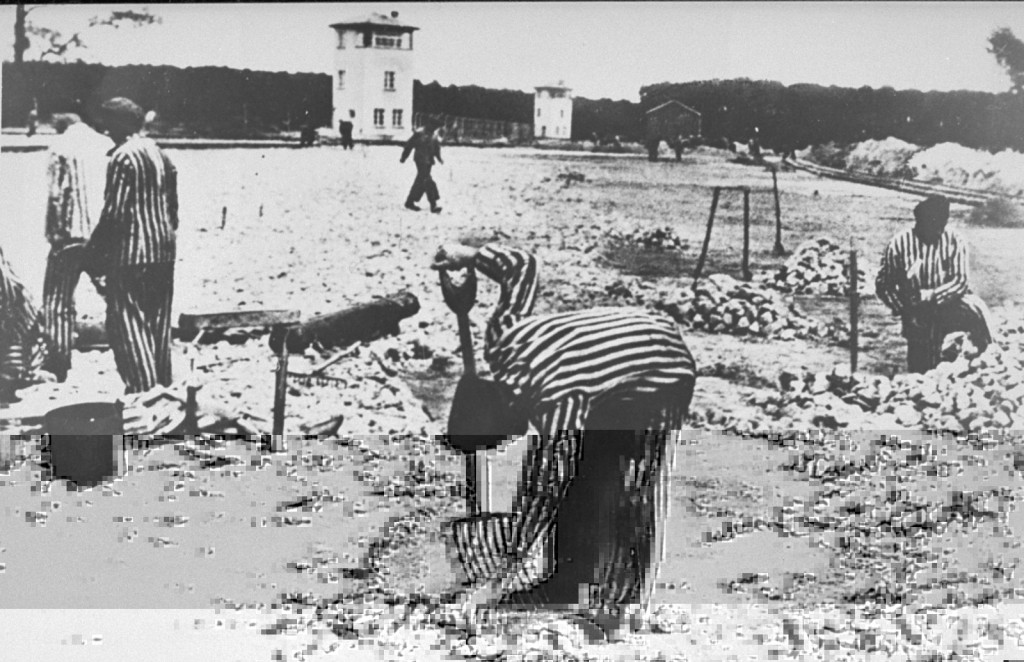You searched for: 数字货币游戏,加密货币游戏,数字币游戏,used博彩游戏,【www.2266.com,复制打开网址】,ust泰达币博彩网站,区块链游戏排名,区块链游戏nft,区块链游戏平台,nft游戏有哪些,nft是什么游戏,以太坊游戏,区块链游戏赚钱网站,币圈游戏,区块链博彩平台,网址kaefhfkccdckbghcd
We're sorry, but we couldn't find any matches for "数字货币游戏,加密货币游戏,数字币游戏,used博彩游戏,【www.2266.com,复制打开网址】,ust泰达币博彩网站,区块链游戏排名,区块链游戏nft,区块链游戏平台,nft游戏有哪些,nft是什么游戏,以太坊游戏,区块链游戏赚钱网站,币圈游戏,区块链博彩平台,网址kaefhfkccdckbghcd". You might have meant:
- Check for typos.
- Use more generic search terms.
- Use one keyword or filter to start your search.
- Browse: tags, A-Z, ID Cards
You might start with the must read articles:
- Introduction to the Holocaust
- What is Antisemitism?
- How Many People did the Nazis Murder?
- Raoul Wallenberg and the Rescue of Jews in Budapest
- Emigration and the Evian Conference
- Minsk
- The Kielce Pogrom: A Blood Libel Massacre of Holocaust Survivors
- Röhm Purge
- World War I
Still can’t find what you’re looking for? Leave your feedback here.
